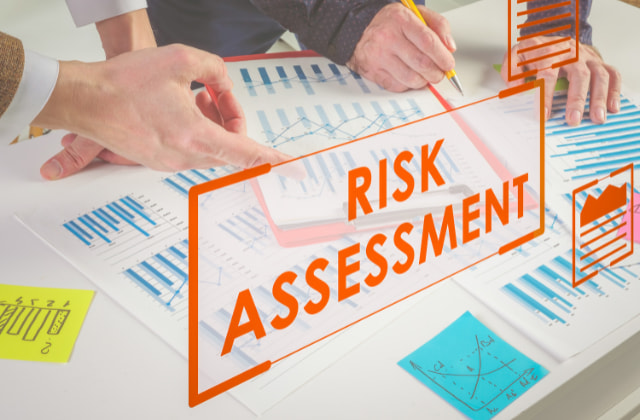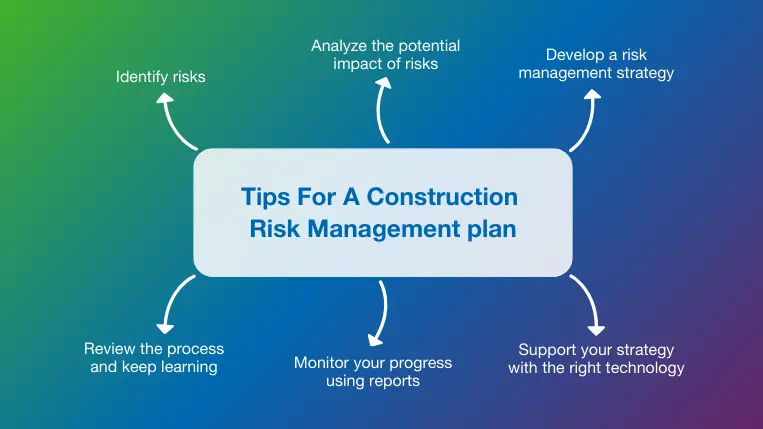The Crucial Importance of Risk Management in Protecting Corporate Assets
The Crucial Importance of Risk Management in Protecting Corporate Assets
Blog Article
Exploring the Significance of Risk Management for Effective Decision-Making Methods
In the intricate globe of organization, Risk Management becomes a crucial consider the decision-making process. The ability to determine possible hazards and opportunities, and plan accordingly, can lead to the distinction between success and failure. With tools such as SWOT and PESTEL, companies are outfitted to make informed options, cultivating resilience and adaptability in an ever-changing atmosphere. Wondering just how this works? Let's unpack the dynamics additionally.
Understanding the Principle of Risk Management
Risk Management, a crucial component in decision-making, is often misinterpreted or oversimplified. Risk Management involves regimented and organized methods, making use of data and insightful assessments. From economic uncertainties, legal responsibilities, critical Management errors, to mishaps and all-natural catastrophes, it addresses different threats - importance of risk management.
The Function of Risk Management in Decision-Making Processes
In the world of tactical preparation and business operations, Risk Management plays an important role in decision-making procedures. It aids in recognizing possible dangers and unpredictabilities that can affect the accomplishment of company purposes. By mapping these risks, firms can formulate strategies to minimize their impact, making certain service continuity and stability. Risk Management thus becomes a vital tool in decision-making, aiding leaders to make educated selections based upon an extensive understanding of the dangers involved. It urges an aggressive technique, allowing companies to prepare and prepare for for feasible future circumstances. This substantially decreases the likelihood of negative effects, promoting extra reliable and reliable decision-making approaches. As a result, Risk Management acts as an important part in the decision-making processes of any type of organization.

Just How Risk Management Improves Strategic Preparation
In the context of calculated preparation, Risk Management plays a pivotal duty. Initiating with the recognition of prospective dangers, it additionally extends to the application of Risk reduction steps. The duty of Risk Management is vibrant however not fixed, as it demands continuous tracking and adjusting of approaches.
Recognizing Prospective Threats

Carrying Out Risk Reduction
Having established the importance of identifying possible threats, the following action is to discover Risk mitigation. This process involves developing and executing strategies to manage determined Visit Your URL dangers properly. It is an important facet of tactical preparation as it enhances decision-making by minimizing possible adverse end results. Risk reduction approaches can range from Risk evasion, Risk transfer, to take the chance of decrease. Each technique ought to be customized to the details Risk, considering its possible effect and the company's Risk resistance. Moreover, effective Risk reduction calls for a deep understanding of the Risk landscape and the potential influence of each Risk. This understanding enables organizations to focus on risks and designate resources successfully, guaranteeing that the most significant threats are resolved initially.
Monitoring and Readjusting Strategies
Though Risk reduction is an important step in strategic preparation, continual surveillance and change of these methods is just as essential. This ongoing process enables companies to recognize brand-new risks and reassess existing ones, making sure the implemented strategies stay effective in the ever-changing company atmosphere. It likewise offers a chance to examine the success of the Risk Management procedures, permitting modifications to be made where essential, further boosting tactical preparation. Reliable monitoring and change require making use of analytics and essential efficiency indications (KPIs) to measure performance. These tools offer useful data-driven insights that can Full Article educate critical decision-making. Monitoring and readjusting Risk Management methods is a critical element for enhancing a company's durability and tactical preparation.
Instance Researches: Successful Risk Management and Decision-Making
In the world of company and finance, successful Risk Management and decision-making often serve as the columns of thriving enterprises. These cases highlight the value of astute Risk Management in decision-making procedures. These instances underscore the important role of Risk Management in strategic decision-making.
Devices and Methods for Efficient Risk Management
These devices, such as Risk signs up and warmth maps, aid in determining and evaluating prospective risks. Risk feedback strategies, an essential part of Risk Management, involve approving, staying clear of, transferring, or mitigating risks. With these tools and methods, decision-makers can navigate the facility landscape of Risk Management, thus promoting notified and efficient decision-making.
Future Fads in Risk Management and Decision-Making Strategies
As we discover the huge landscape of Risk Management, it visit this web-site becomes apparent that the devices and strategies utilized today will certainly proceed to progress. Future trends aim in the direction of a boosted dependence on technology, with expert system and artificial intelligence playing substantial roles. These modern technologies will enable organizations to forecast prospective dangers with higher precision and make more informed choices. Additionally, there will certainly be an expanding emphasis on resilience, not simply in managing risks but likewise in recovering from negative scenarios. Lastly, the principle of Risk culture, where every member of an organization realizes and included in Risk Management, will certainly acquire much more prestige. These patterns declare a more aggressive and inclusive approach in the direction of Risk Management and decision-making.
Conclusion

Risk Management hence becomes an important tool in decision-making, assisting leaders to make enlightened choices based on an extensive understanding of the risks involved. Risk reduction strategies can vary from Risk avoidance, Risk transfer, to run the risk of decrease (importance of risk management). Efficient Risk reduction calls for a deep understanding of the Risk landscape and the prospective effect of each Risk. Risk feedback methods, a crucial element of Risk Management, entail approving, preventing, transferring, or mitigating risks. The principle of Risk culture, where every member of a company is aware and included in Risk Management, will gain extra importance
Report this page